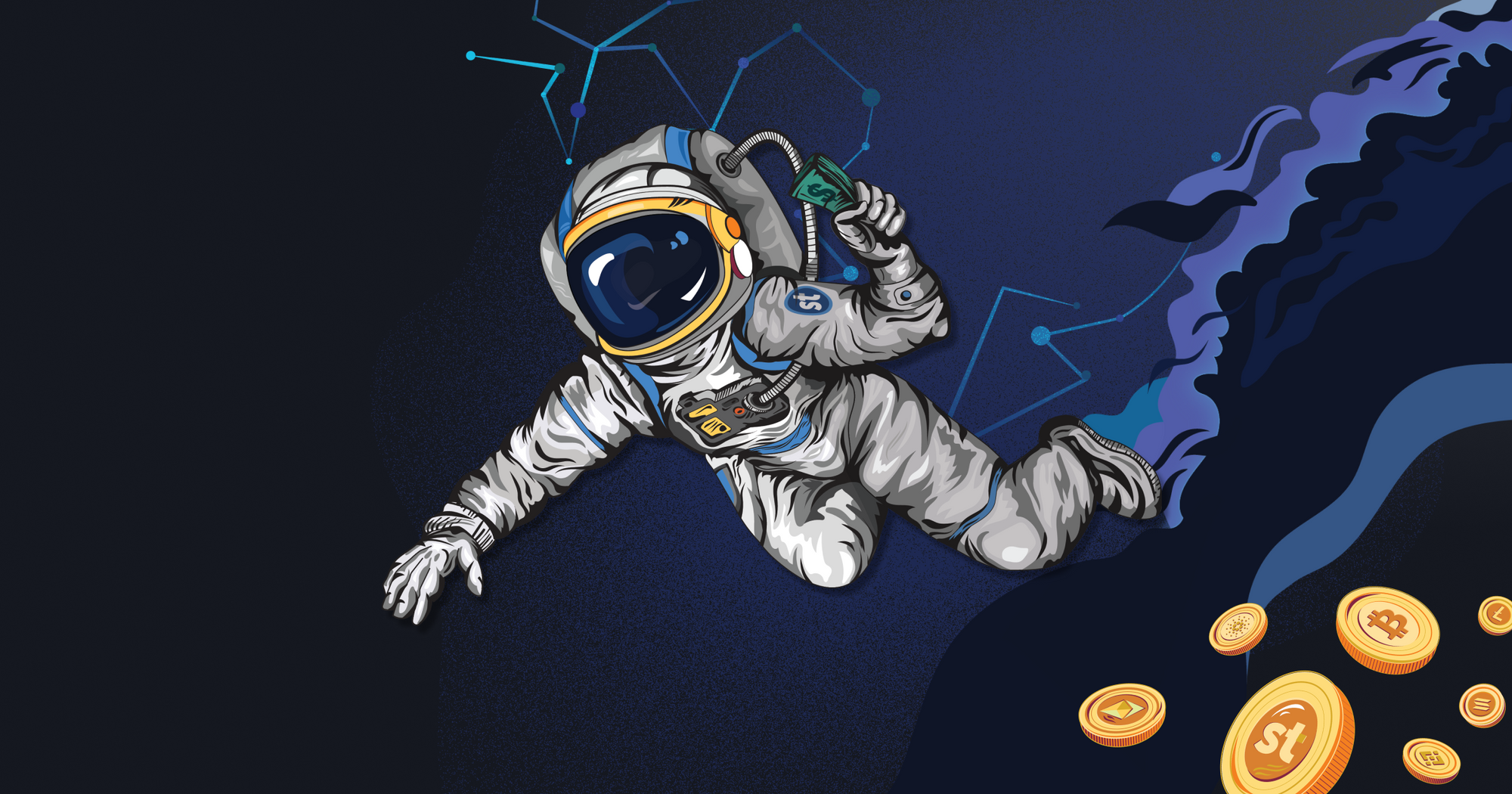What is the difference between DS Dashboard and DS Swap?
Stobox developed two different products that are feasible for tokenization.

In the corporate finance industry, there are two offering stages:
- Primary issuing. The company provides the possibility to buy shares and have a fundraising goal following the legal documentation. This is when the company sells its stock to the investors directly.
- Secondary market. Once the company reaches a fundraising goal, it has a right to conduct a secondary market. This is when investors trade between themselves.
It's impossible to conduct both stages at the same time, as it creates wrong incentives for the investors, enabling them to buy shares not from a company but from a fellow investor on the secondary market. Moreover, there also are legal limitations: if the offering wasn't registered, there is a 12-month holding period. Investors can't sell the tokens in the meantime.
That's why Stobox developed two different products that are feasible for tokenization.
DS Dashboard is a SaaS tool for the primary issuing and management of security tokens in two environments (for investors and corporate managers). In this case, the company can efficiently conduct an STO.
DS Swap is one of the first DEX for the secondary market for security tokens. Moreover, DS Swap has the functionality to swap and trade common crypto without the necessity to pass the KYC procedure. In this case, all Stobox clients that successfully conducted STO could open a secondary market for the investors who passed KYC on their dashboards via a liquidity pool on DS Swap.
For example, the Landshare company passed through Consulting and Legal using Stobox services and issued security tokens via the SaaS product DS Dashboard with a fundraising goal of $170.000. Landshare successfully conducted the STO, reached the hard cap, and is now able to open a secondary market via DS Swap for all investors who passed KYC on the Landshare Dashboard.

